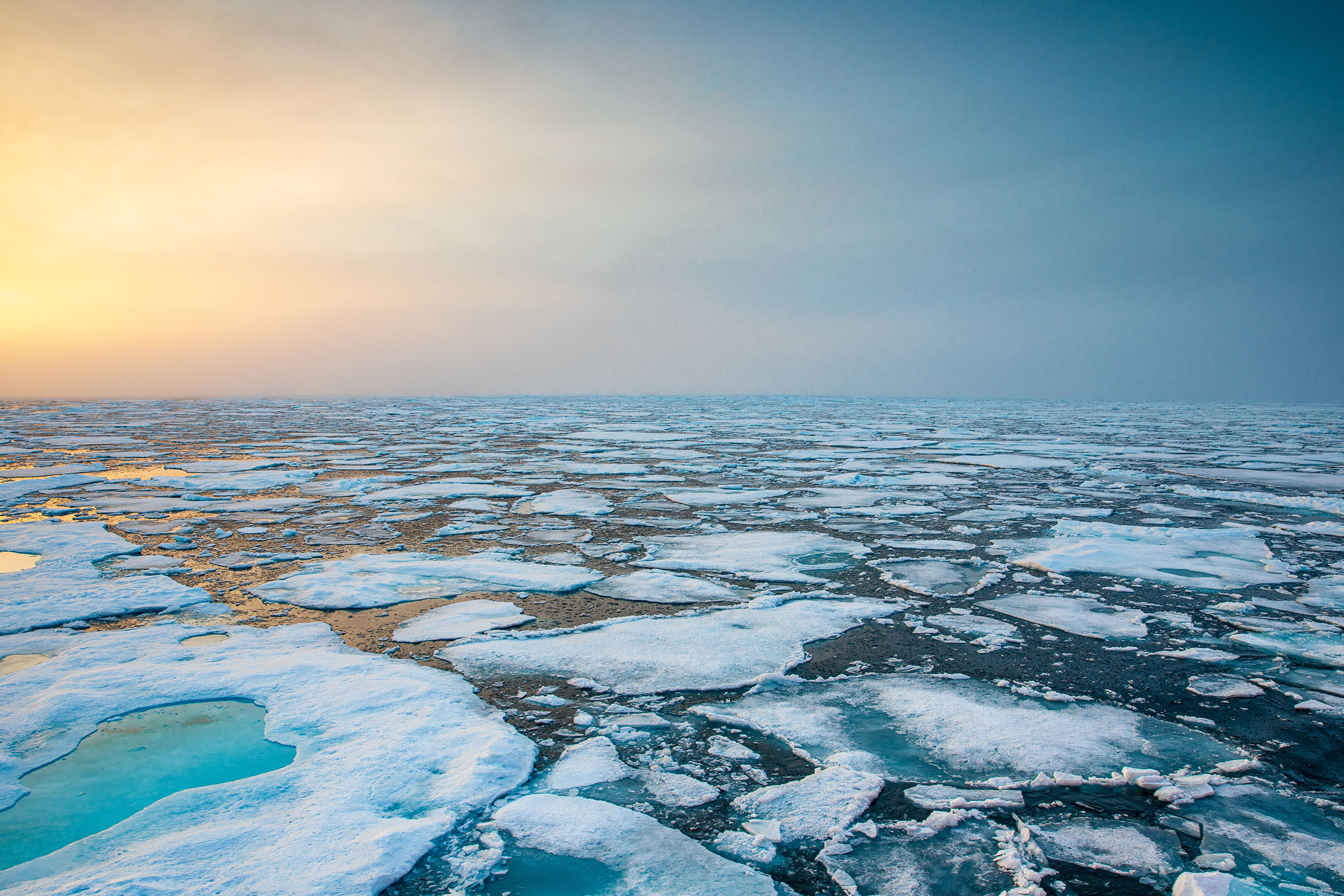New research into some of Earth’s largest ice sheets has revealed a startling new Antarctic tipping point, and researchers say that it has the potential to be disastrous. According to a new study published this month, warm seawater has not only been lapping at the underside of the Antarctic ice shelves but has also been seeping into the space between the land and the overlying ice sheet.
This really isn’t a very surprising discovery. The ice shelves have been teetering at the edge of trouble for many years now. They continue to be one of the biggest doomsday concerns for many, with estimates that sea levels could rise as high as two feet if the shelves collapse into the ocean and melt. While rising sea levels would wreak havoc on the coastline, it would also completely change the Antarctic forever.
For the most part, researchers used to think that the Antarctic’s ice was relatively stable. It saw a slow decline from 1978 to 2015, but not nearly as much of a decline as the Arctic did. However, since 2017, the Antarctic tipping point seems to have loomed closer and closer, with the sea ice crashing to record lows.

The cause of these record lows is warmer seawater, which also happens to be the cause of the newest tipping point that researchers have identified. According to their findings, the water seeping between the ice sheets and the ground-ice is causing localized melting, which is lubricating the ice bed and causing it to slide toward the sea.
That’s terrifying to think of, especially since the collapse of the ice shelf would indeed spell trouble for our planet. But what is most terrifying about this new Antarctic tipping point is that previous estimates of possible sea level rises do not seem to coincide with the possible rate of ice collapse we could see with the current state of the Antarctic ice shelves.
Instead, if the ice shelves collapse, the researchers say that sea levels may rise even higher, thus affecting more of the coastline and causing more flooding around the world. This would not only displace entire towns and cities, but it would also wreak havoc on local wildlife in those areas. It’s these tipping points—and the consequences they hold—that have scientists scrambling for ways to refreeze the Arctic and Antarctic.








